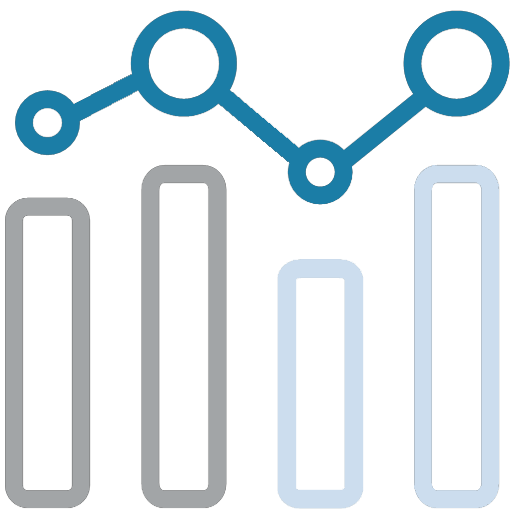Data Collection and Cleaning

Data collection and cleaning involve gathering raw data from various sources and preparing it for analysis by removing errors, inconsistencies, and duplicates.
- Process:
- Data Collection: Identify relevant data sources, such as databases, APIs, surveys, and IoT devices. Use tools like web scrapers, ETL (Extract, Transform, Load) tools, and data pipelines to collect data.
- Data Cleaning: Remove or correct errors, such as missing values, duplicates, and outliers. Standardize data formats and resolve inconsistencies.
- Data Validation: Verify the accuracy and completeness of the cleaned data. Use validation rules and cross-checking techniques to ensure data quality.
- Data Storage: Store the cleaned data in a centralized repository, such as a data warehouse or data lake, for easy access and analysis.
- Purpose:
The goal of data collection and cleaning is to ensure that the data used for analysis is accurate, consistent, and reliable. - Outcome:
High-quality data that is ready for analysis, leading to more accurate insights and better decision-making. - Challenges:
Collecting data from multiple sources and ensuring its quality can be time-consuming and resource-intensive. Additionally, maintaining data quality over time requires ongoing effort. - Best Practices:
- Automate data collection and cleaning processes to improve efficiency.
- Use data validation tools to ensure data accuracy and completeness.
- Document data cleaning processes to maintain transparency and reproducibility.
- Regularly audit data quality and address issues proactively.
